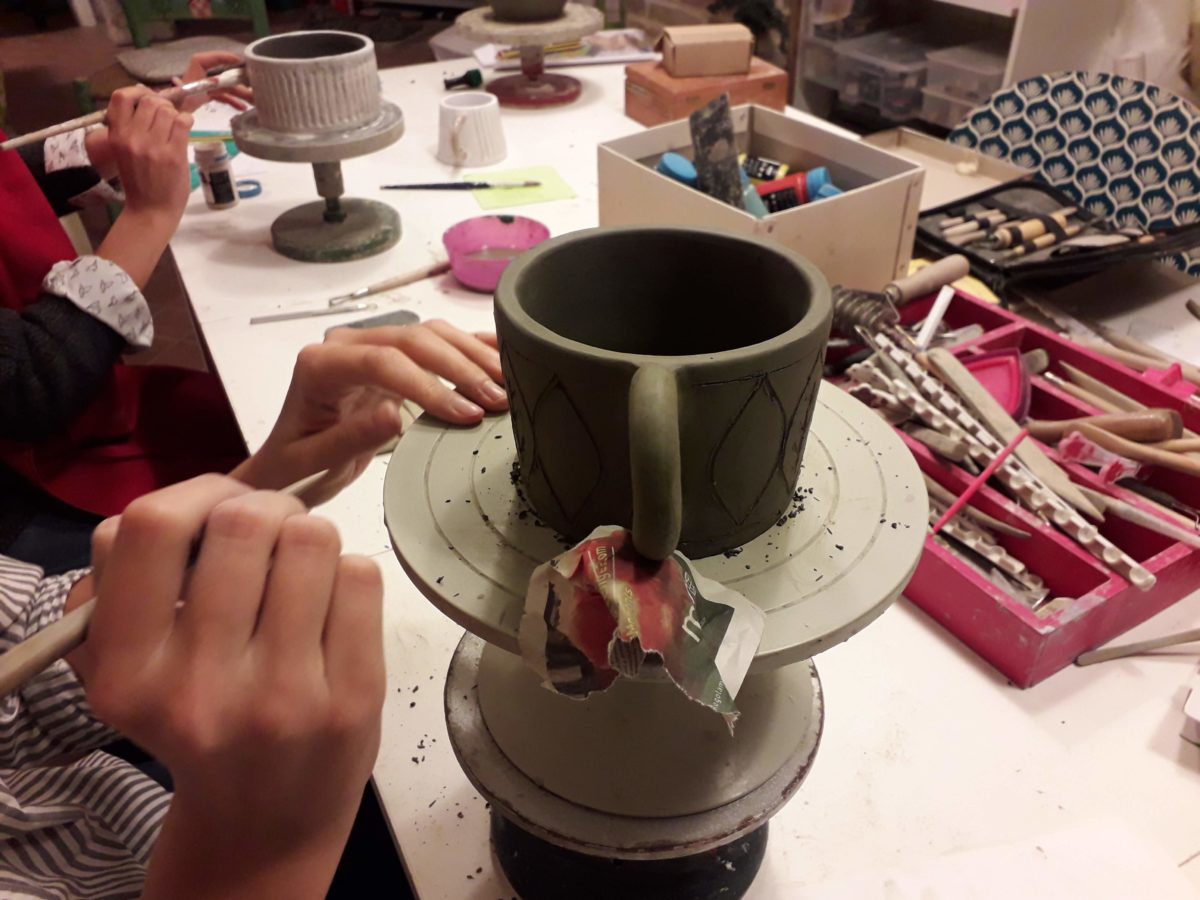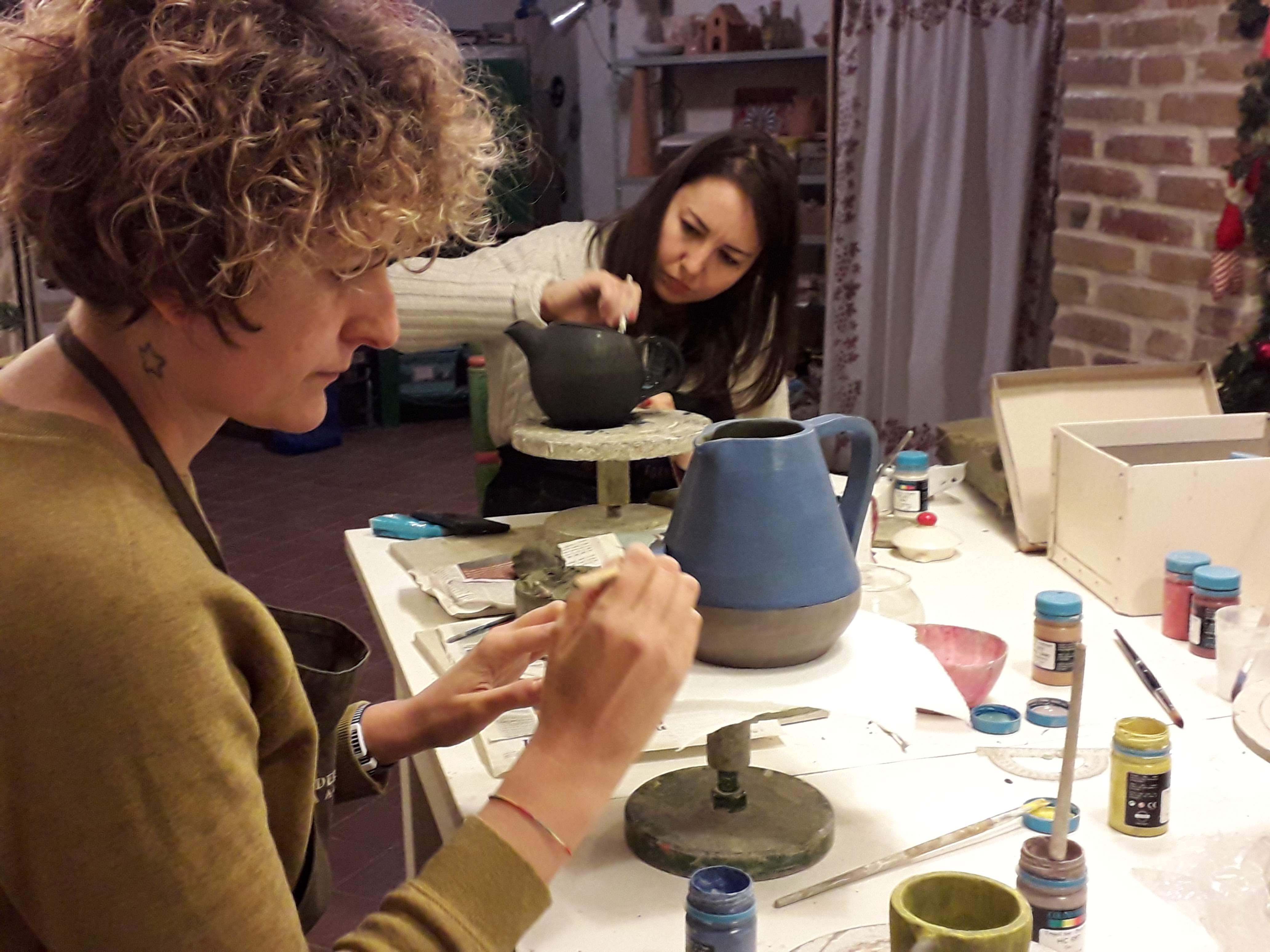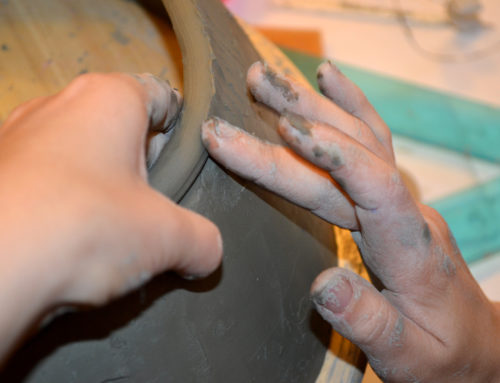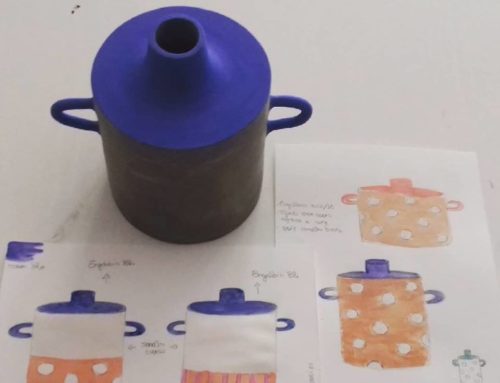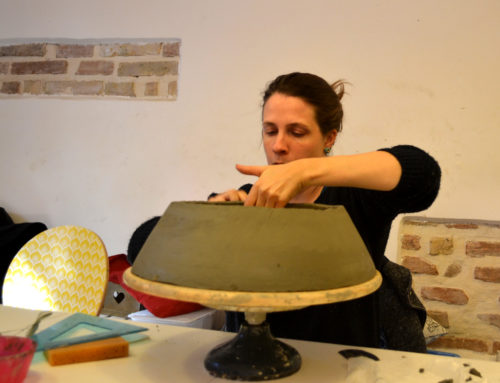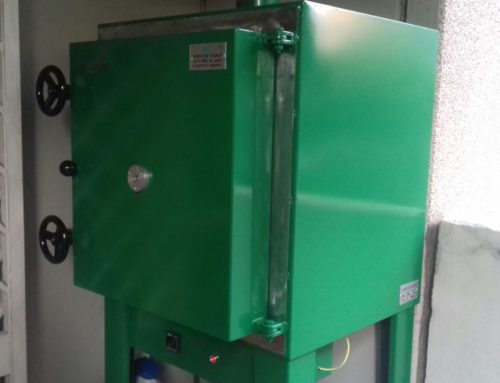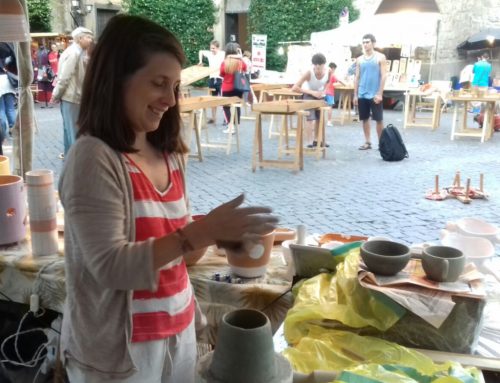Teaching ceramic was another step in my growth as a ceramist. The evening course and workshops were two important professional experiences of 2019.
Sooner or later, all in life we have been students, apprentices, trainees… after a first basic course on the Coiling Technique, for years I have practiced this technique, before having that knowledge, that familiarity that makes me seem today so natural and instinctive to create an object with clay.
Now that I find myself teaching ceramic to other people, it is as if I were going backwards, a sort of review of what have been the main stages of my learning. Which were the first shapes that I tried to recreate, which were the technical precautions that were suggested to me to improve my manual skills, which were the little secrets of the trade that only people with long experience can reveal to you. Pass down all this and more is not immediate, finding a way to transfer those skills that you have acquired with a lot of exercise to other hands is a job far from simple. The most difficult thing is to find a way to teach the manual skills, in fact, an account is to explain theoretically all the steps needed to create an object – how to manipulate the clay, from where to start to build the object, what tools they are useful and when to use them, etc. -, and one thing is practice. You have to pay attention to every minimum gesture of the student to understand if his hand is making the right movements, if the way he places the coils and works them is the right one to achieve the shape thought, if his proceed is going in the desired direction …
And then there is that delicate balance between how much and when to interfere in a student’s work and how much to leave him free to experiment and, why not, to make mistakes. I am always very careful to never limit the expressive and creative potential of the course participants, and I try to guide with care and attention so that the student can master the material and the technique and become independent in the creation of ceramic object.
I love teaching ceramic. When I am in the laboratory to do a workshop or a lasting course I give my whole self, I try to follow each person in careful and punctual ways helping them to reach the goal: to create the object they have in mind. I know perfectly that not being able to obtain exactly the object imagined can be frustrating and can affect the experience itself, but making mistakes is also part of learning.A mistake, be it a little graceful shape, a crack or a break, tell us a lot about how we worked and the characteristics of the clay that we have not respected and that must be absolutely taken into consideration during the creative process.
One quality of the potter who cannot be taught but which is very important is patience. That must be trained regardless of one’s passion for ceramics. In some ways, working with clay is an excellent exercise in this regard. In the same way, however, it is a fundamental requirement to succeed well in this craftsmanship, which has its long and calm times. For this reason it is also important to consider the laboratory not only as a physical space where to work in but also as a place where a person can “unplug” from everyday life. As I wrote in another post (Thoughts of an artisan) “go through the door of the laboratory it’s like entering an other dimension. My mind is freed from all external impulses and it is focused on my working hands. In front of me there are only my turntable, tools and many coils… time passes and the object takes shape almost by magic”.


